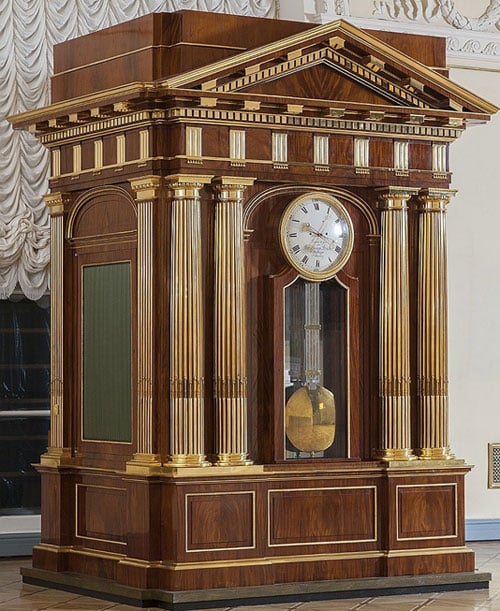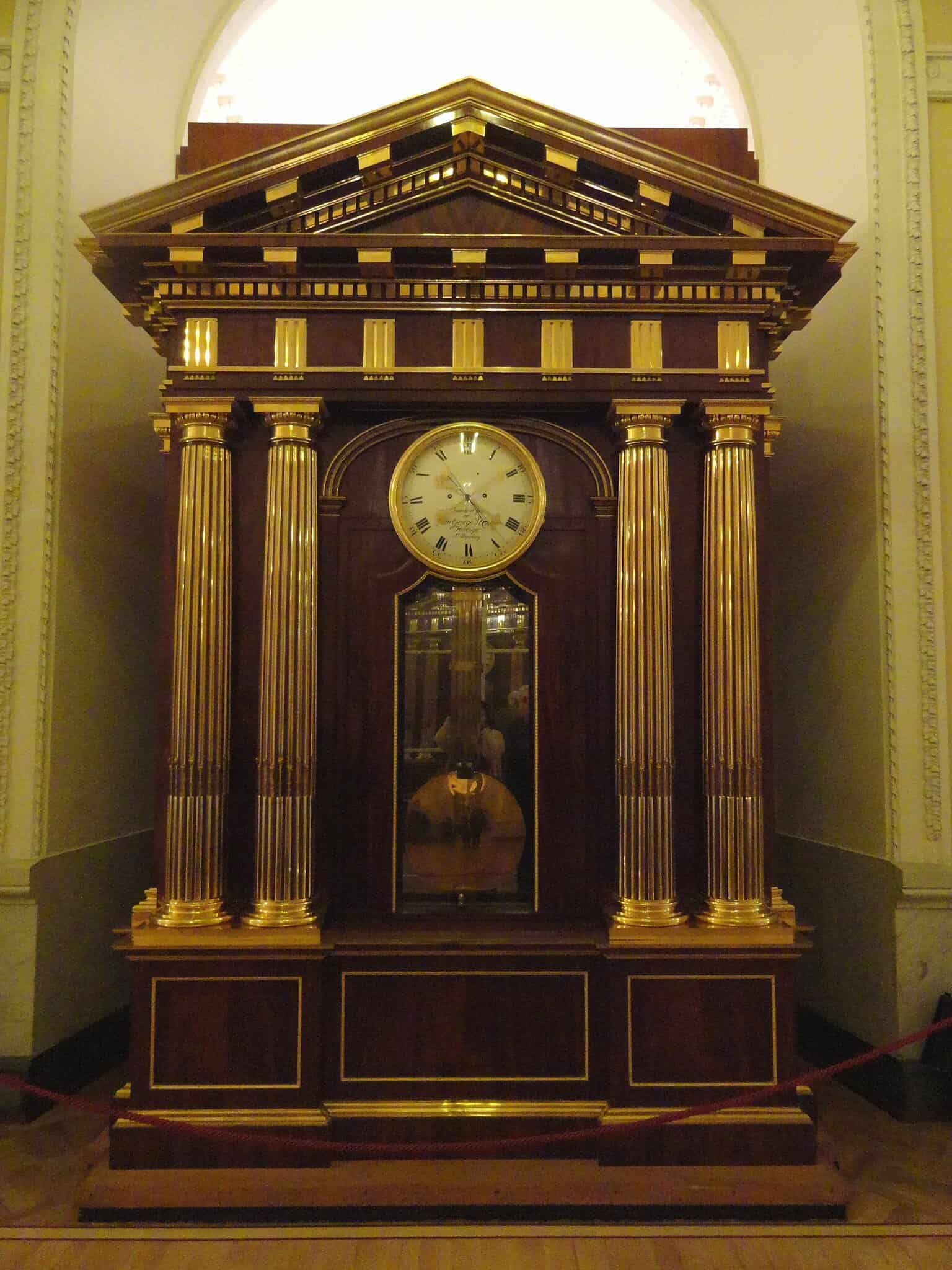Who was Johann Strasser
Born Johann Georg Strasser, Johann Strasser was a remarkable Austrian technician, clockmaker, and mechanic who created several complex music machines, and almost all of them became very popular. Apart from featuring a clever mechanic, Johann’s machines were also beautiful.
Early Life
As mentioned earlier, Johann Strasser was an Austrian technician, clockmaker, and mechanic. He was born sometime in the middle of the 18th century in Baden bei Wien, a small spa town in the vicinity of Vienna, and started his career right there, too.
Quick Facts
- Full Name
- Johann Strasser
- Children
- 4 sons and 5 daughters.
- Nationality
- Austrian
- Place of Birth
- Baden bei Wien
- Fields of Expertise
- [“Mechanics”,”Machinist”]
- Contributions
- first complex orchestrion
Much isn’t known about the childhood days of the technician; however, his career journey has been carefully explored in the next section.
Career
Phase 1
Johann Strasser started his career in Vienna. In the late 1770s, he decided to move to Russia. Interestingly, this period was when the Russian Empress Catherine The Great sustained the long tradition of inviting the best foreign artists, architects, scientists, and other cultural figures to work in Russia.
Johann was subsequently invited, too. This caused him to settle in St. Petersburg, where he remained until he died in 1815.
Phase 2
Johann Strasser also established his mechanical workshop in Petersburg and served as a member of the German craft council and alderman of the clock workshop. In 1781 he was engaged by the Russian Senate as a carillonneur and clock technician of the St. Petersburg cathedral.
Johann performed exceptionally for 8 years between 1781 and 1789 and through his successful supervision of 3 students left capable successors to continue his work.
What Did Johann Strasser Invent?
Invention 1

Johann Strasser made the first complex orchestrion in St. Petersburg in the 1790s. Popularly regarded as the most remarkable work of Johann, the mechanical orchestra, otherwise called “Штрассеровы часы” in Russia was built between 1793 and 1801 and is currently kept in working order in the State Hermitage.
This magnificent machine is a huge structure in the form of a temple (the height of about four meters) with columns and pediments of mahogany and gilt bronze. In the center are the clock (showing the hours, minutes, and astronomical seconds) and a window with a huge pendulum weighing 43.65 kg.
This structure embeds a musical instrument—a unique mechanical organ that combines the two orchestras that provide the richness and fullness of the sound. The body was set in motion by two large springs and four weights (60 kg each), which must be pre-raised. The device also includes a warning pipe, that sounds when an inexperienced user is in danger of over-winding the mechanism.
Unlike smaller, more typical musical clocks of the time, which perform only short pieces, Johnn Strasser’s orchestrion plays extended movements and whole works, that last over 8 minutes. The music is recorded on a removable wooden cylinder (length 127 cm), pinned in a spiral (during playback, the barrel not only turns but also slides horizontally along its axis), each of which plays music for 8 minutes.
The first complex orchestrion originally recorded 13 cylinders, most of them pinned by Thomas August, the son of Johann Strasser. The first of these was the overture from Mozart’s The Magic Flute, on the other—different fragments of the works of Mozart, Haydn, and Viennese pianist and popular composer of his time Anton Eberl, who lived in those years in St. Petersburg and wrote a piece specially commissioned by Strasser.
The most awe-inspiring feature of the orchestrion of Johann Strasser was neither its imposing stature, nor even its ability to play long pieces, but rather its capacity for subtle nuances and great naturalness in the instrument’s performance.
Johann invested most of his fortune, efforts, and time in his giant orchestrion, and after completion in 1801, he estimated it to be the huge sum of 60000 rubles. Realizing that this price was impossible to be paid, he decided to organize a lottery, selling 600 100-ruble tickets.
Johann Strasser published a booklet, describing how his machine was created. To promote the lottery, Johann traveled across the country and arranged performances of the orchestrion. The draw was held on May 4, 1804, and the owner of the winning ticket turned out to be an elderly widow of a priest in Libau, Latvia, who had been given the ticket by a soldier.
Russian Tsar Alexander The First paid the widow a total sum of 20000 rubles and a lifetime pension for the machine. The orchestrion has been in the Hermitage since 1805.
Invention 2
 Johann Strasser’s musical mechanism
Johann Strasser’s musical mechanism
Johann Strasser started a genuine dynasty of masters of mechanical music in Russia alongside his son, Thomas August Strasser (Фома Иванович Штрассер), grandsons Johann (Иван Фомич Штрассер) and Alexander (Александр Фомич). Thomas August Strasser had a workshop and served as a court clock master and technician in St. Petersburg, and also created several orchestrions.
Johann Strasser: Marriage, Divorce, Children, and Personal Life
Marriage
Apart from Johann Strasser’s children and grandchildren, much information isn’t known about Johann’s marriage or his wife.
Children
Johann Strasser had 4 sons and 5 daughters. His eldest son Johann and the younger son Alexander also became very good technicians.
NEXT UP…
- People: Linus Torvalds – Complete Biography, History, and Inventions
- The Largest 3D Printing Companies In The World, And What They Do
- What is a Real-Time Clock (RTC) and Why are They Important in Computing?
Want to Retire Early? Start Here (Sponsor)
Want retirement to come a few years earlier than you’d planned? Or are you ready to retire now, but want an extra set of eyes on your finances?
Now you can speak with up to 3 financial experts in your area for FREE. By simply clicking here you can begin to match with financial professionals who can help you build your plan to retire early. And the best part? The first conversation with them is free.
Click here to match with up to 3 financial pros who would be excited to help you make financial decisions.
The image featured at the top of this post is ©Larissa Kirillina, CC BY-SA 2.0, via Wikimedia Commons.
